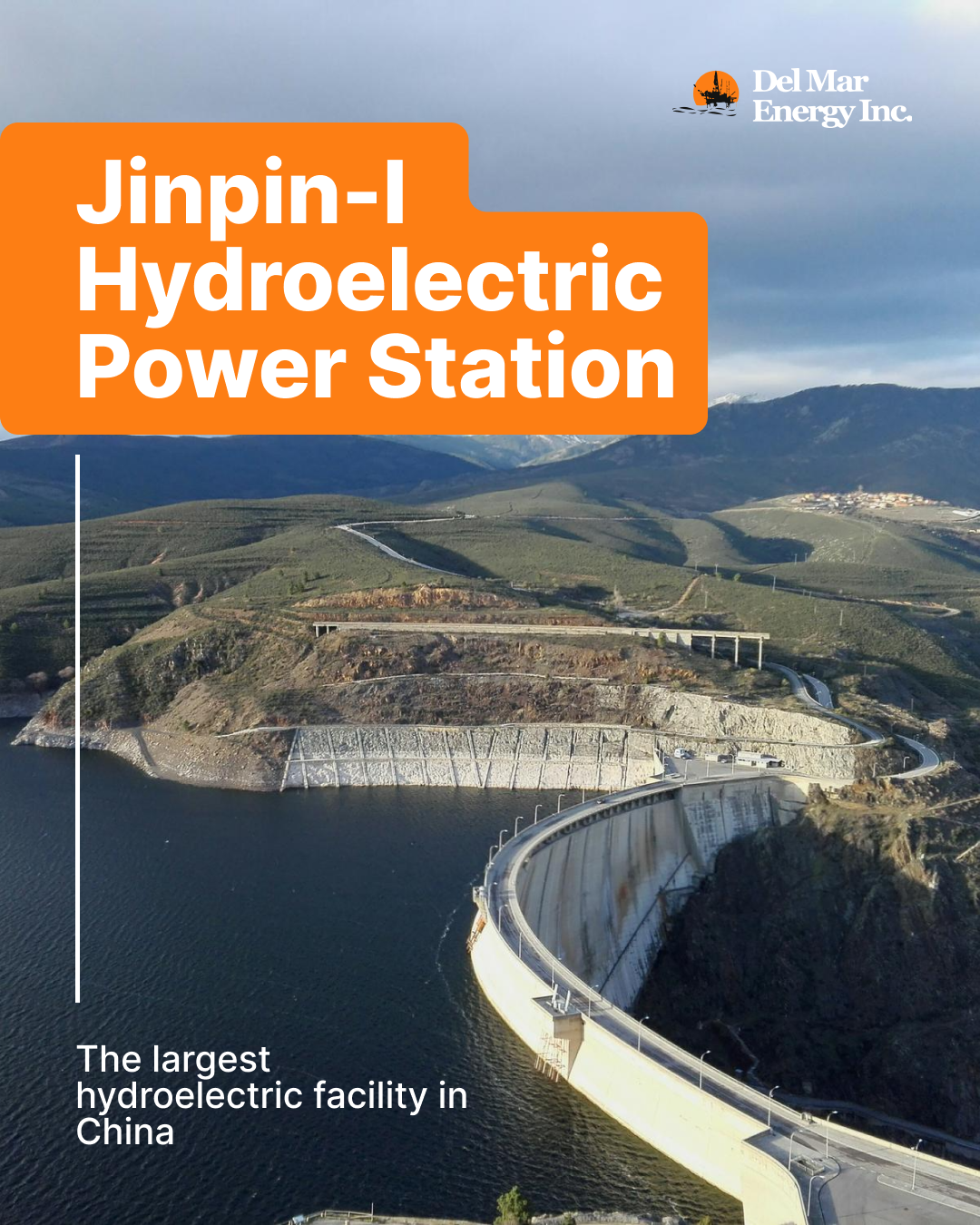News
Jinping-I Hydropower Station in China for June 4
04.06.2014

News
04.06.2014

The Jinping-I Hydropower Station is one of the largest hydroelectric power stations in China, located on the Yalong River in Sichuan Province. Completed in 2014, this structure consists of an arch dam and power station, playing a key role in the development of green energy in the region ⚡️
The project to build the Jinping-I Hydropower Station was commissioned by the Yalong River Hydropower Development Company, Ltd., and cost $1.2 billion USD. This significant financial investment aims to improve China's energy infrastructure and increase the share of renewable energy sources in the country's overall energy balance.
The Jinping-I arch dam, standing at a height of 305 meters, is one of the tallest in the world. Its construction required advanced engineering solutions and substantial resources. The dam creates a large reservoir, ensuring consistently high electricity production and contributing to the management of the region's water resources.
With a production capacity of 3,600 megawatts, the Jinping-I Hydropower Station is a significant source of clean energy for millions of households and businesses. The power station operates by harnessing the power of falling water to drive turbines, minimizing carbon dioxide emissions and other pollutants into the atmosphere.
In addition to its primary function of electricity generation, the Jinping-I Hydropower Station plays a crucial role in flood prevention and improving irrigation in the agricultural lands of Sichuan Province. This multi-purpose hydraulic structure contributes to the sustainable development of the region, integrating economic, environmental, and social aspects.
The completion of the Jinping-I Hydropower Station in 2014 marked a significant step towards a more sustainable and environmentally friendly future for China. This hydroelectric power station demonstrates the country's commitment to developing renewable energy sources and reducing dependence on fossil fuels, aligning with global trends in the energy sector.